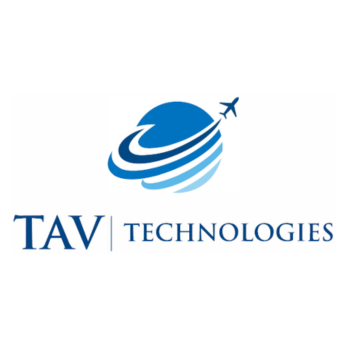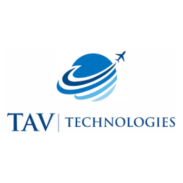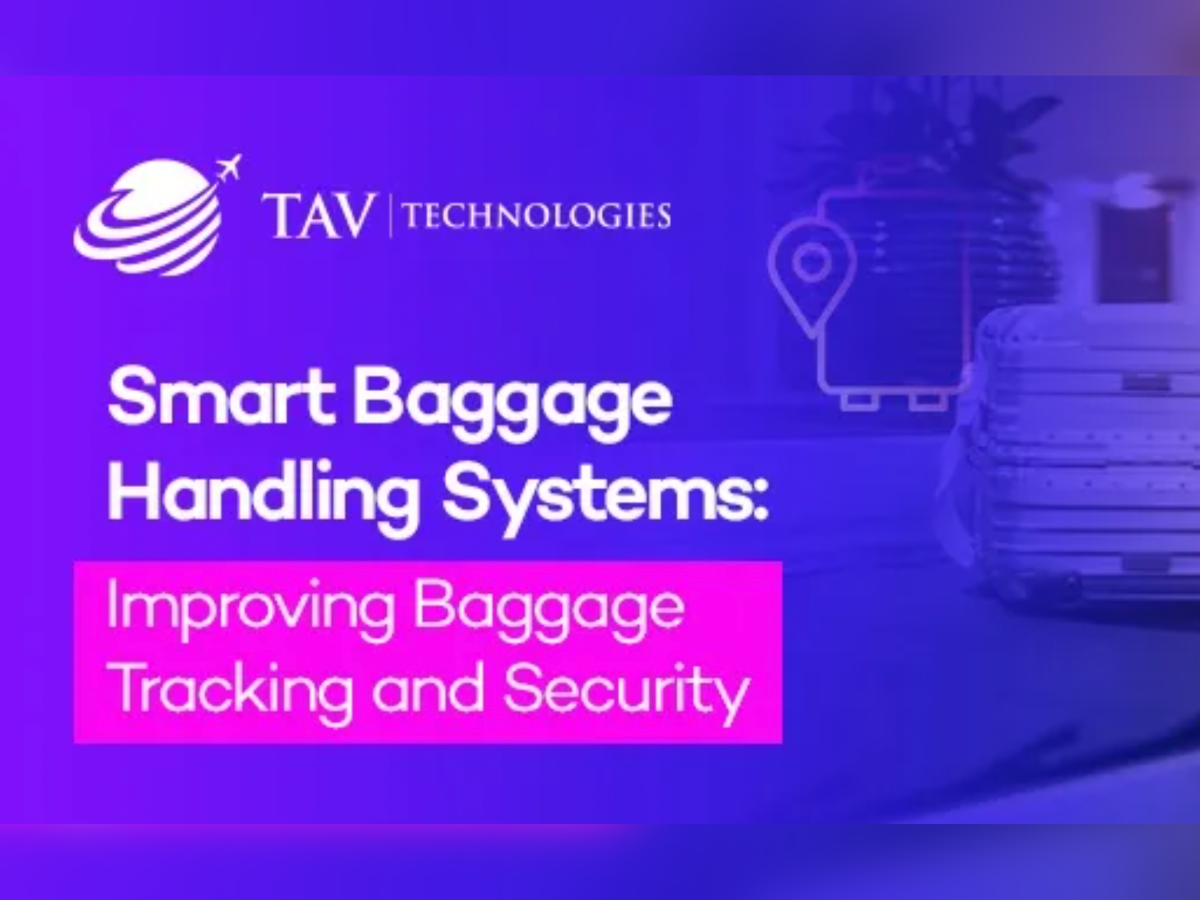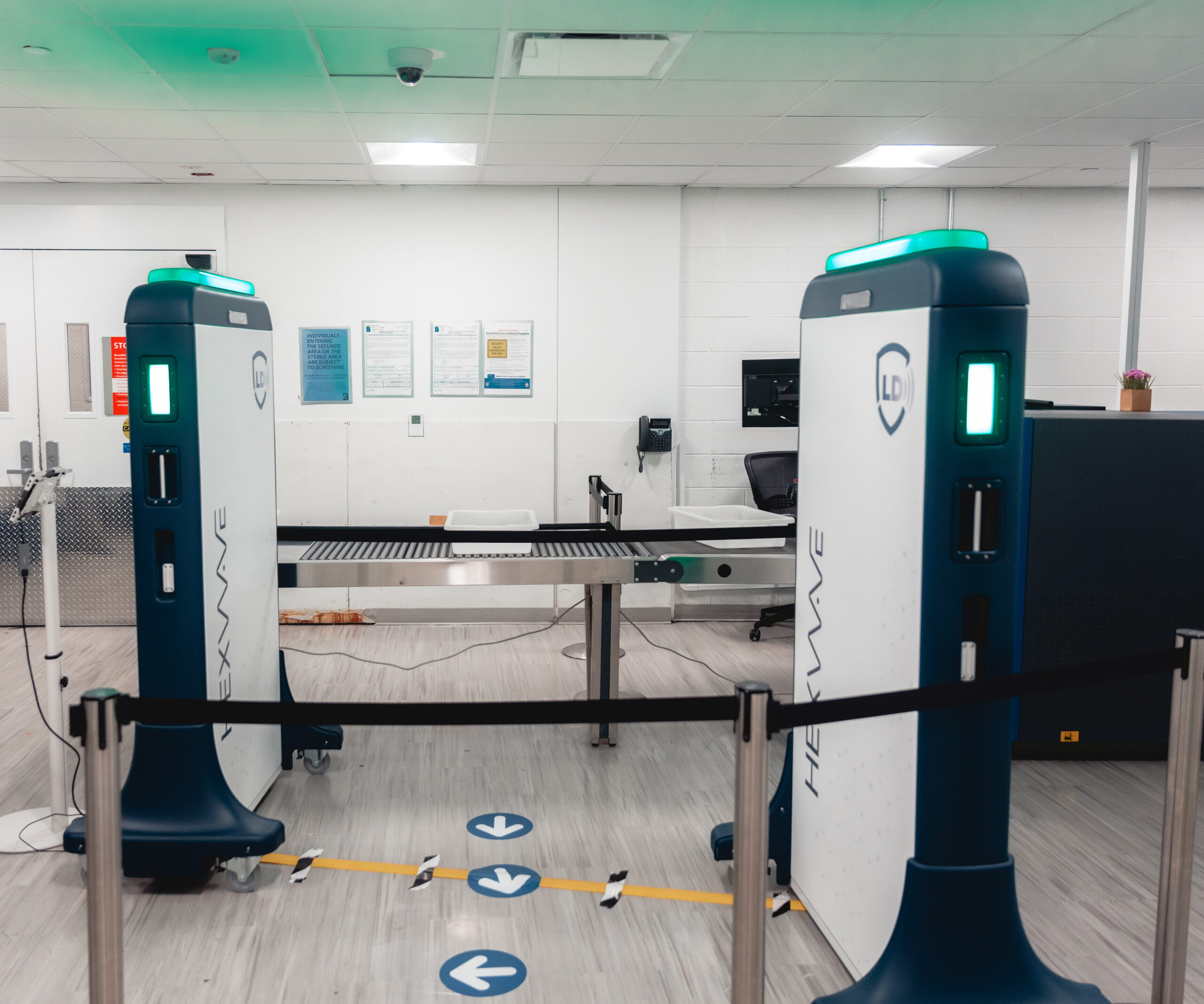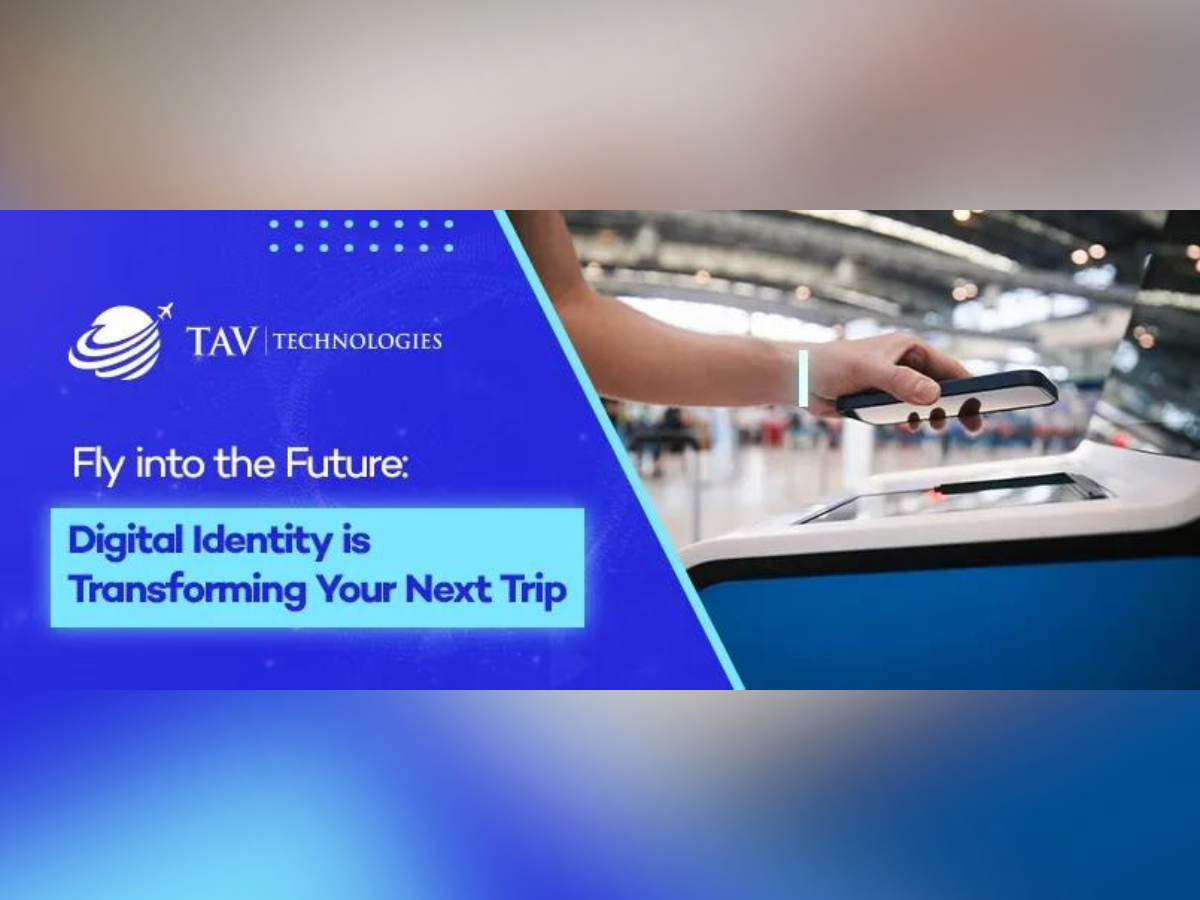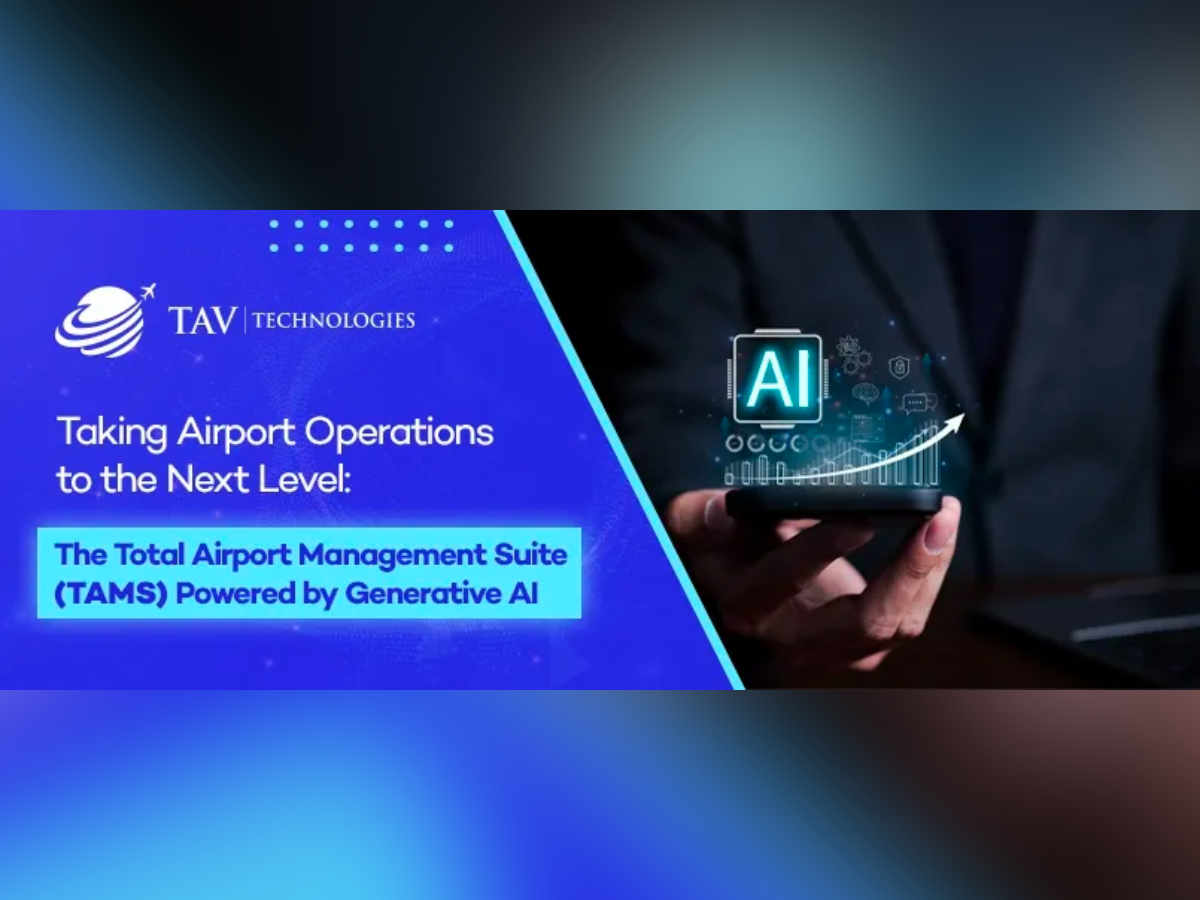Remember the excitement of flipping through a worn-out guidebook, planning your trip with a highlighter and sticky notes?
Nowadays, paper maps are left untouched as travel plans come to life on our smartphone screens. The way we travel has changed a lot, thanks to technology. It’s not just about faster planes and better seats; it’s about how we, raised on “swipe right” and “double tap,” expect things to be different.

Baby Boomers (Born 1946-1964): From Maps to Smart Recommendations
Back in the day, Grandma used ink and intuition to plan her adventures, eager for new discoveries. These adventurous Boomers, the first independent travelers, wanted real experiences and cultural
immersion. Now, their wanderlust is fueled by AI recommendations uncovering hidden gems, language apps breaking down barriers, and virtual reality tours bringing faraway places closer.
Early Gen X (Born 1965-1980): From Cheap Flights to Always Being Connected
Remember your Uncle sharing stories of his budget travels across Europe? Now, he’s a smart Gen X traveler, great at finding deals and exploring independently. Their motto? Flexibility and value. But no more blurry travel videos and phone booth negotiations. Now, they expect easy online bookings, affordable airlines with good Wi-Fi, and mobile apps keeping them connected on the go.
Tech-Savvy Late Gen Xers (Born 1981-1996): From Backpacks to Workspaces
Think of your cousin, sharing her travels on a blog before Instagram. Now a Tech-Savvy Gen Xer, she’s a digital nomad pioneer. Laptops and buzzing apps are always with them, blurring work and wanderlust. They want co-working spaces with fast internet in cool places, online communities of remote workers, and platforms to share their adventures. Airlines with good Wi-Fi, airport co-working spaces, and links to digital nomad communities will win them over.
Millennial Mavens (Born 1997-2012): From Guides to Fun Adventures
No more old guidebooks; Millennials create their journeys on Instagram. These Mavens are experts in sharing their adventures in real-time. But they want more than a perfect selfie – they seek immersive experiences. Augmented reality brings history alive, gamified scavenger hunts uncover hidden spots, and live-streamed adventures connect them globally. Airlines offering fun boarding experiences, teaming up with social media influencers, and great connectivity become their go-to travel buddies.
Eco-Conscious Gen Z (Born 2013-present): From Tourist Traps to Helping Out
Forget the selfie stick – Gen Z Globetrotters care about responsible travel and making a positive impact. Their voices call for sustainability and ethical practices. They look for volunteer opportunities, eco-friendly places to stay, and projects that support local communities. Airlines showing eco-friendly efforts, providing volunteer travel options, and partnering with ethical tourism projects will be favorites with these change-makers.
Time-Warp Travelers (All generations): From Paper Tickets to Easy Check-in
Remember the busy business traveler rushing through airports? Now, they’re Time-Warp Travelers, experts in efficiency. These professionals, from entrepreneurs to CEOs, value time the most. They want smooth journeys, from biometric check-ins to AI travel helpers and personalized tips for layovers. Airlines investing in technology, focusing on efficiency, and offering VIP experiences become their preferred choices.
The sky above is a canvas painted by the dreams of these different generations. Every click, swipe, and hashtag shape the future of travel, urging airlines to adapt to changing needs. So, buckle up, travelers, and embrace the changing horizon. The future of exploration is a dazzling mix of technology, driven by the dreams of those taking to the skies. TAV Technologies, offering a wonderful blend for the exploration of the future with technologies tailored to the changing needs of different generations, alongside passengers and airports, urges you to buckle up and be part of the journey into the unknown.
This article was originally published by TAV Technologies.


